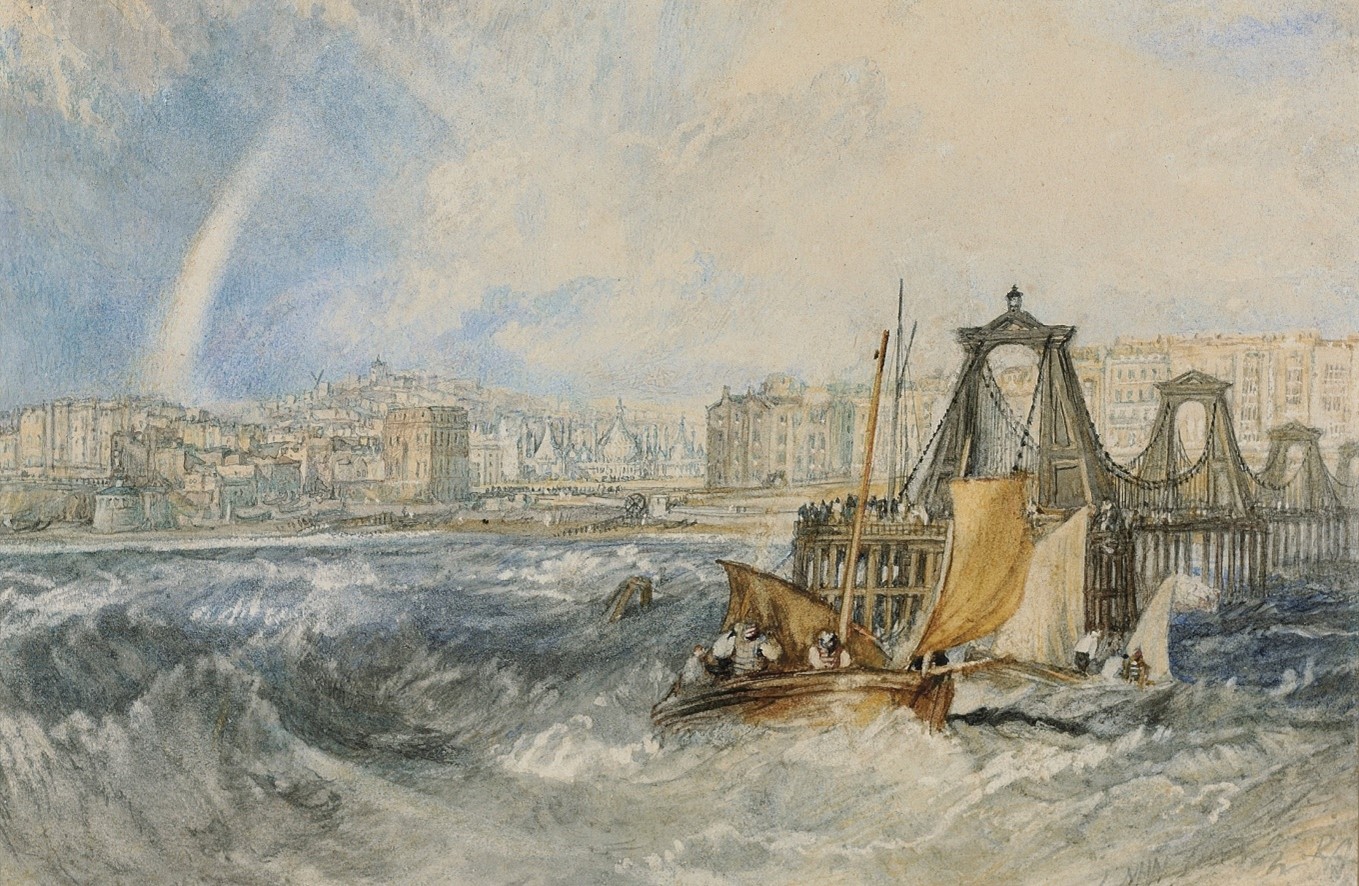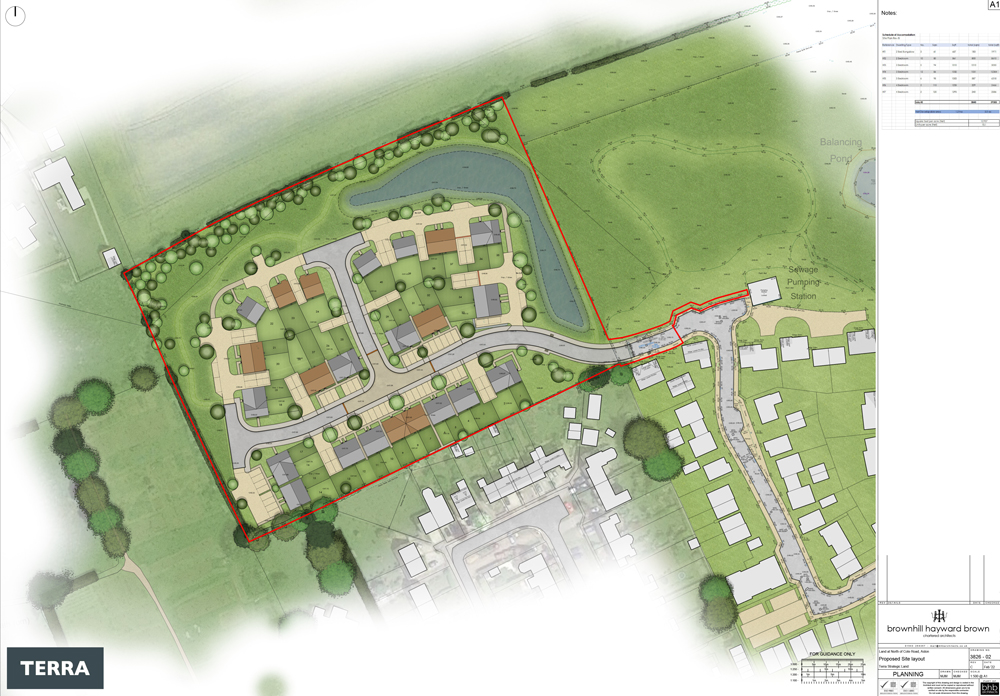Like the rest of Brighton, those of us based at the Orion head office have been stirred and saddened by the extensive damage inflicted to the Royal Albion Hotel following the major very recent fire.
The main section of the Albion Hotel is Grade II* listed and dates from 1826. Its elegant Neo-Classical stucco façades are characteristic of Amon Henry Wilds, the main architect of Brighton’s Regency splendour, best remembered for the Royal Pavilion and some of the iconic Hove crescents. The main façade faces inward toward the Old Steine, providing a clear view across the gardens rather than the sea for the best rooms. It gained the ‘Royal’ title in 1836 following the frequent patronage of distinguished visitors. In 1894, Oscar Wilde stayed at the Royal Albion while composing part of his Poems in Prose in a room overlooking the sea.
In the early 20th century The Royal Albion was run by Sir Harry Preston, a noted local sportsman with broad artistic and literary connections. The Albion became Brighton’s leading hotel, hosting authors, actors, film stars, sportsmen and the Prince of Wales at its height. A prominent fixture in panoramas of Brighton’s seafront, the Royal Albion has been referenced in art by J. M. W. Turner (below), and has provided the setting for a number of novels and films. The Royal Albion has been threatened before, notably by another large fire in 1998, but retains its distinctive 19th century appearance. It is experienced now as a major landmark in the context of the Palace Pier and Brighton’s historic seafront, bearing witness to the glamour of the Regency period.

With the roads around the Albion closed off it was initially difficult to gauge the extent of damage. A wide radius was evacuated in the surrounding area based on fears that the destabilised building may collapse. Over a few days the fire was extinguished, and it was unfortunately confirmed that the historic façade of the west wing must be demolished. The photograph taken by Orion’s Rob Bourn (above) shows that the façade, while still standing, is an empty shell.
It appears that the damage is largely confined to the western wing of the building, which dates from 1856 and is listed at Grade II. The west wing was originally a separate hotel called Lion Mansion, later the Adelphi, before the two hotels were combined in the 1960s. It bears a plaque memorialising William Gladstone, who stayed there frequently through the 19th century, and sculpted lions above the doorway which reference its original name. Its aesthetic and historical contribution to Brighton’s heritage is substantial. The demolition process will walk on a delicate tightrope, balancing the need to make the building structurally safe, and the need to conserve its heritage value.
In this instance, an Urgent Works notice will certainly be utilised to authorise urgent remedial works without the lengthy application process for Listed Building Consent. Going forward, the demolition and conservation of the Royal Albion will not be a simple process: aside from the immediate risk of collapse, asbestos elements have been identified in ceiling coatings which will require specialist removal. Reports state that Brighton City Council has produced a three-dimensional scan of the façade to aid in reconstruction, and key decorative plaster elements have been saved to enable the production of moulds for future reconstruction.
While there is hope that the Royal Albion may someday be restored to its former glory, the current phase of works constitutes damage control. It is difficult not to react with some shock at the photographs of the 19th century brick and plaster façade being pulled down by machine (view The Argus article), especially for those with a fondness for Regency architecture. The demolition process has revealed sections of 19th century brickwork, previously hidden behind the façade, which are informative of historic building techniques. The demolition process, while tragic, is an opportunity to gather information on the hotel’s materials and construction, to aid in its restoration and potentially guard against future instances of fire damage to Regency buildings.
The expression of grief from the people of Brighton is a testament to the impact of built heritage on the collective imagination. Even for those who do not have a direct connection with the Royal Albion, the gap it will leave on the seafront is felt as a deep loss. Many buildings from this period have been converted in recent decades to suit the changing requirements of modern occupiers, and in some cases, this has resulted in the use of unsuitable modern materials which raise the risk of damage. In other cases, Regency buildings lie empty or derelict due to the cost of maintenance. The public interest surrounding to this fire provides scope for further outreach and awareness. With careful management by the Council, the significance of this valuable heritage asset may be preserved for future generations.



